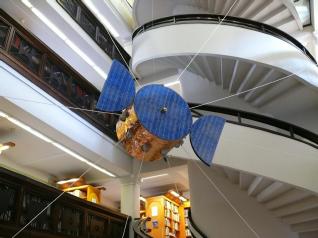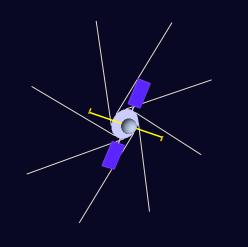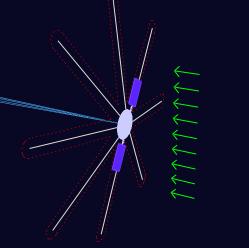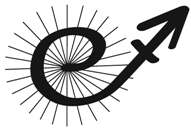 |
E-sail pictures and animations |
Pictures of E-sail model.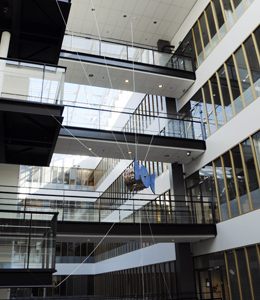
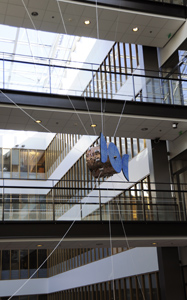
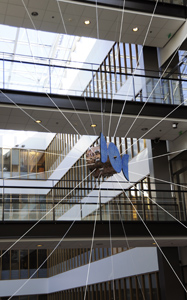
Third photo with added tethers. Pics: Sini Merikallio/Finnish Meteorological Institute, use freely. Sini Merikallio on TVSini Merikallio explains in Prisma Studio how tacking towards the Sun is possible by E-sail (in Finnish)Deployment of E-sail with auxiliary tethersDeployment of E-sail with auxiliary tethers:E-sail in real solar windDynamical simulation of the E-sail in solar wind:Tether reeling demonstration10 meters of bonded tether has been reeled both ways in DLR. The tether behaved very well:Tether factory prototypeIn the video automatic E-Sail tether production prototype unit can be seen in action: 'Siamese Twins' deploymentThe electric sail needs to initiate its spin. There are a variety of ways for doing it. Here we present two, a simple deployment with auxiliary rockets and a more advanced 'Siamese Twins' technique where no fuel or auxiliary rockets are needed. 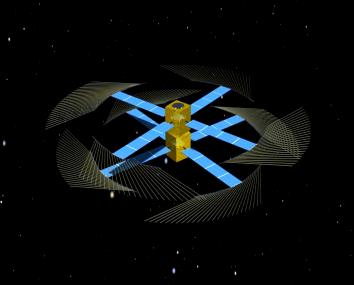
The method is economical because no auxiliary fuel or rockets are needed and the turning motor needs only small amount of power. With long tethers, small mechanical misaligments might cause the oppositively spinning tethers to collide which would be catastrophical. However, by running the antisunward tethers with a small to modest voltage during deployment the solar wind bends them slightly outward which should eliminate this danger. The Siamese Twins animation (9.1 MB) shows the complete deployment sequence.
Model of electric sail hanging on display in Rikhardinkatu public library in Helsinkin October 2008. Model design and photography by Markku Mäkelä/Finnish Meteorological Institute.
Simple deployment using pair of auxiliary rocketsThese figures are part of an 17.8 MB animation showing deployment and operation of a simple electric sail spacecraft whose spin is initiated by a pair of auxiliary rockets.
|
|
